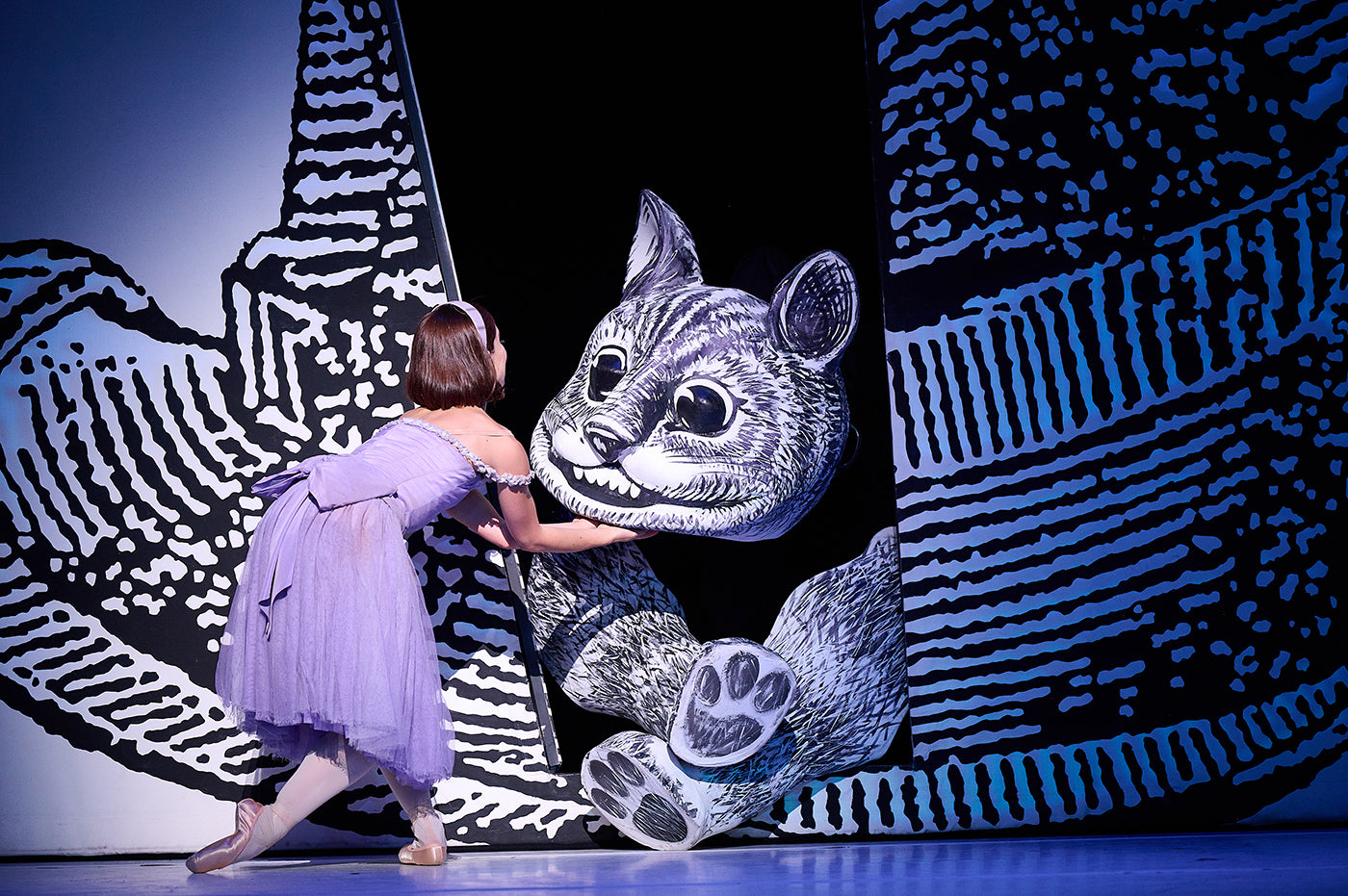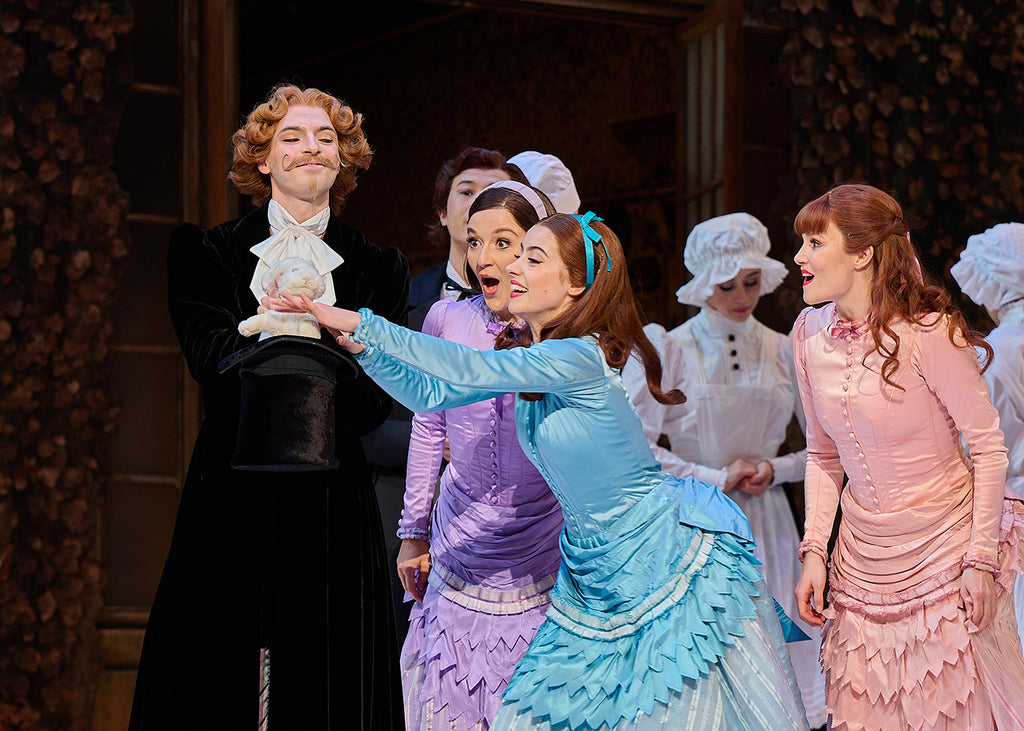Hair's the Thing
Around this time of year, we can all use a little cheer. The early darkness, the cold, the state of the world alone can send one into a spiral.
Continue Reading
World-class review of ballet and dance.
It is a kaleidoscope of references, a whirligig of Alices, I carry with me to the third Melbourne season of Christopher Wheeldon’s “Alice’s Adventures in Wonderland,” presented by the Australian Ballet, at the State Theatre in Melbourne. They mingle in the ether with the Alice conjured direct from my own reading of the Lewis Carroll classic, and the memory of that encounter. From Lauren Cuthbertson in 2017 to Ako Kondo and Amber Scott in 2019, in 2024, my Alice guides are Sharni Spencer and Benedicte Bemet, on the Tuesday and the Wednesday nights, respectively. Each Alice within the tale shapes the role accordingly, and so Spencer’s gentle and trusting of the “wildest impossibilities” Alice, and Bemet’s joyful and “wildly curious” Alice form a magical gallery of Alices who I follow about the stage as they in turn follow a twitching, scurrying, quick-changing White Rabbit.[1]
Performance
Place
Words



“Uncommonly intelligent, substantial coverage.”
Your weekly source for world-class dance reviews, interviews, articles, and more.
Already a paid subscriber? Login

Around this time of year, we can all use a little cheer. The early darkness, the cold, the state of the world alone can send one into a spiral.
Continue ReadingWill Tuckett’s new production of the “The Nutcracker” for the National Ballet of Japan serves up a holiday feast for the senses. Sweetly invigorating, it’s also a warm toddy for the soul. From start to finish, Tuckett’s “The Nutcracker” is truly a dream.
Continue ReadingBetween New York City Ballet’s “George Balanchine’s The Nutcracker®” and “The Magic Flute” at the Metropolitan Opera, it’s hard to compete with the Upper West Side’s holiday kid offerings.
Continue ReadingThe Sun King not only invented ballet in its modern form but in 1713 also founded the oldest ballet academy in the world.
Continue Reading
comments